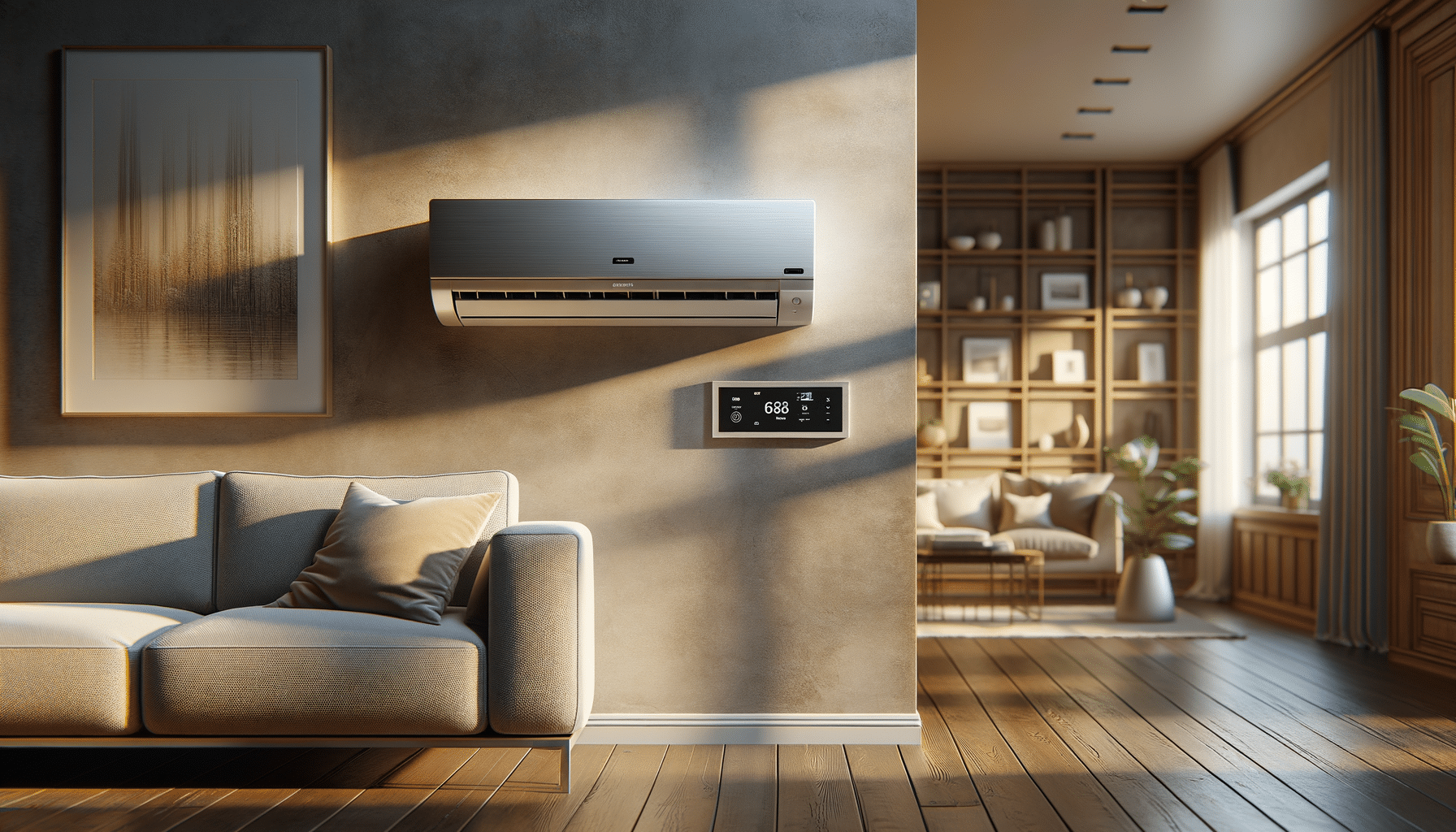
Understanding Air Conditioning: Comfort, Efficiency, and Innovation
Introduction to Air Conditioning
Air conditioning has become an integral part of modern life, providing comfort and enhancing the quality of living and working environments. From homes to offices, and even vehicles, this technology plays a crucial role in maintaining optimal temperature and humidity levels. Understanding how air conditioning works and its impact on our daily lives is essential, as it not only affects personal comfort but also has broader implications for energy consumption and environmental sustainability.
The Mechanics of Air Conditioning
At its core, air conditioning involves the process of removing heat and moisture from an interior space to improve comfort. The primary components of an air conditioning system include a compressor, condenser coil, evaporator coil, and an expansion valve. The compressor pumps refrigerant through the system, where it absorbs and releases heat as it moves between the indoor and outdoor units. This cycle of compression and expansion cools the air, which is then circulated through the space.
Air conditioning systems vary widely, from central air conditioning units that cool entire buildings to portable units designed for single rooms. Each type has its advantages and limitations, often influenced by factors such as the size of the space, energy efficiency requirements, and budget constraints. Understanding these mechanics helps in selecting the right system for specific needs.
Energy Efficiency and Environmental Impact
With growing awareness of environmental issues, energy efficiency in air conditioning systems has become a significant concern. Modern systems are designed to consume less energy while providing effective cooling. Innovations like inverter technology, which adjusts the compressor speed according to the cooling demand, have made air conditioners more efficient than ever before.
However, air conditioning also has an environmental impact, primarily due to the refrigerants used. The industry is moving towards more eco-friendly refrigerants with lower global warming potential (GWP) to mitigate these effects. Consumers can contribute by choosing energy-efficient models and ensuring regular maintenance to optimize performance and reduce energy consumption.
Technological Innovations in Air Conditioning
The air conditioning industry is constantly evolving, driven by technological advancements and changing consumer needs. Smart air conditioners, which can be controlled via smartphones and integrated into home automation systems, are becoming increasingly popular. These systems offer convenience and improved energy management, allowing users to monitor and adjust settings remotely.
Another exciting development is the use of renewable energy sources to power air conditioning units. Solar-powered air conditioners, for instance, harness solar energy to provide cooling, significantly reducing reliance on traditional electricity sources. This innovation not only decreases energy bills but also supports sustainable living practices.
The Future of Air Conditioning
As technology advances, the future of air conditioning looks promising, with a focus on sustainability and efficiency. Researchers are exploring the use of advanced materials and designs to enhance performance and reduce the environmental footprint. The integration of artificial intelligence (AI) and machine learning is expected to bring further improvements, enabling systems to learn user preferences and optimize operation automatically.
Consumers can look forward to more personalized and efficient cooling solutions that align with global efforts to combat climate change. The continued evolution of air conditioning technology promises to enhance comfort while addressing environmental challenges, making it a field worth watching in the years to come.


